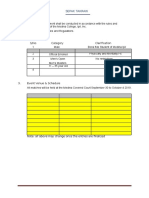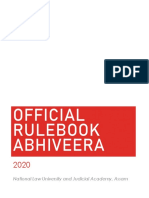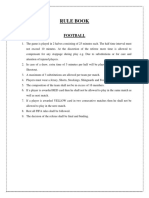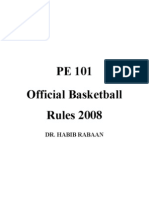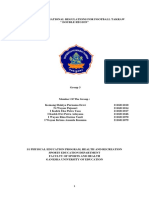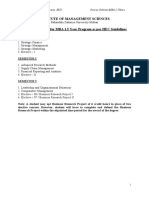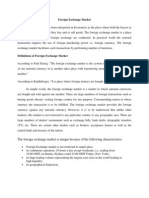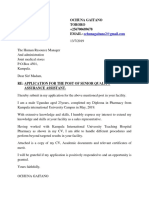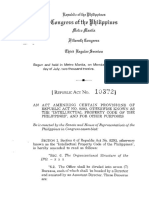100% found this document useful (1 vote)
3K views7 pagesGeneral Rules and Regulation 1. Rules
The document provides the rules and regulations for netball competition at the 14th ASEAN University Games. It outlines general rules such as following the International Federation of Netball Associations rules. It also describes competition rules including team registration requirements, laws of the game, team uniforms, and the mode of competition including scoring and different competition formats. The document provides detailed information on the organization and structure of the netball competition.
Uploaded by
anon-662380Copyright
© Attribution Non-Commercial (BY-NC)
We take content rights seriously. If you suspect this is your content, claim it here.
Available Formats
Download as DOC, PDF, TXT or read online on Scribd
100% found this document useful (1 vote)
3K views7 pagesGeneral Rules and Regulation 1. Rules
The document provides the rules and regulations for netball competition at the 14th ASEAN University Games. It outlines general rules such as following the International Federation of Netball Associations rules. It also describes competition rules including team registration requirements, laws of the game, team uniforms, and the mode of competition including scoring and different competition formats. The document provides detailed information on the organization and structure of the netball competition.
Uploaded by
anon-662380Copyright
© Attribution Non-Commercial (BY-NC)
We take content rights seriously. If you suspect this is your content, claim it here.
Available Formats
Download as DOC, PDF, TXT or read online on Scribd
/ 7



